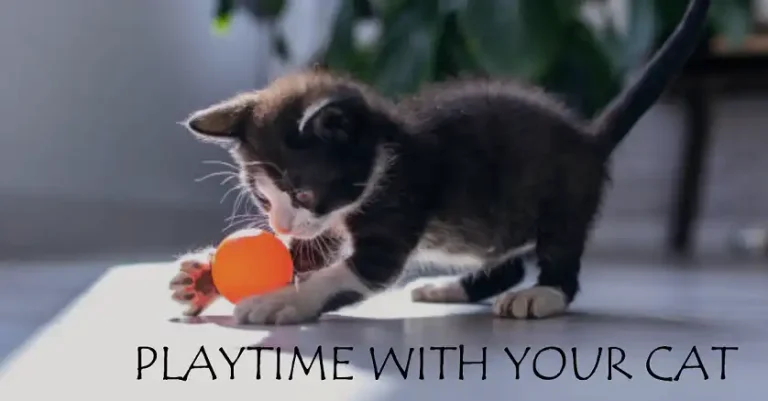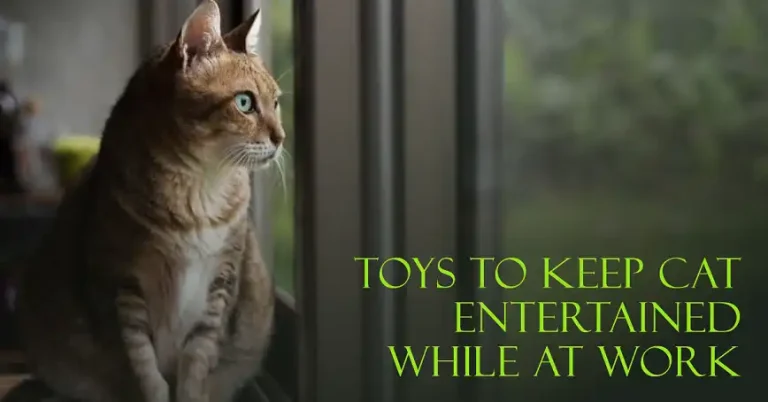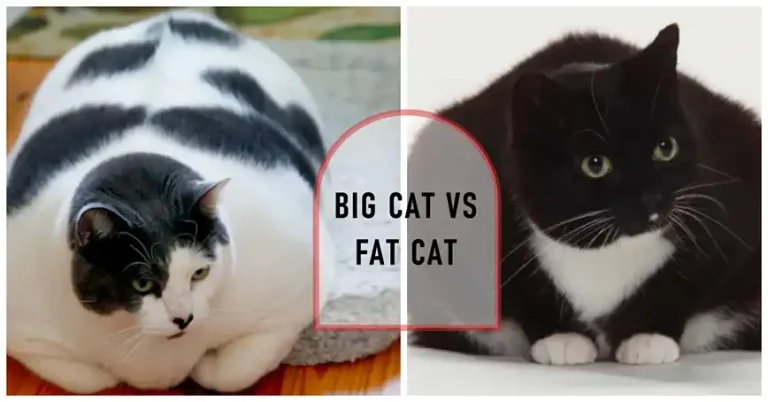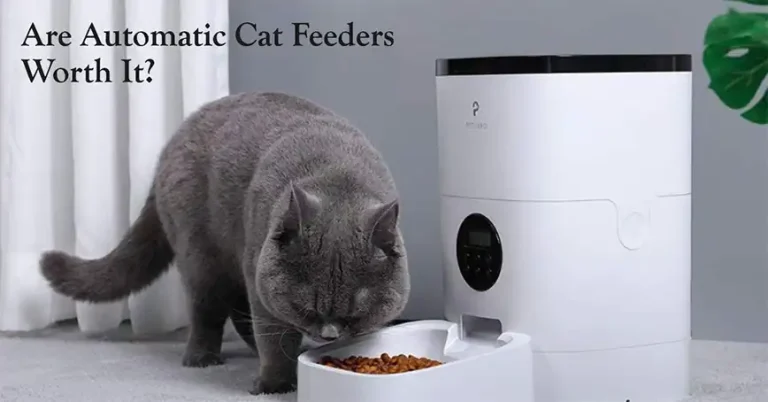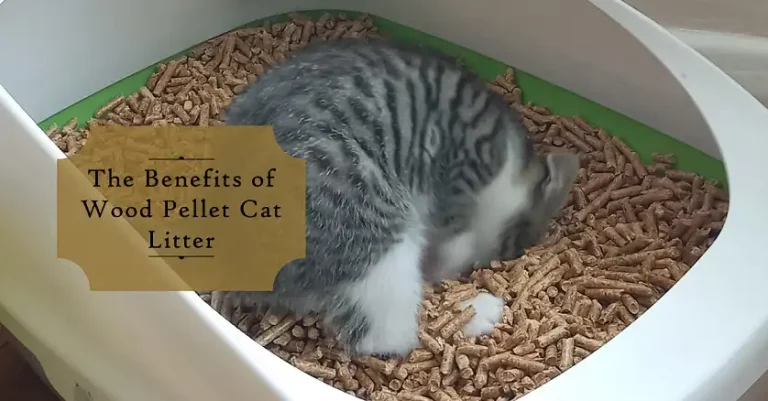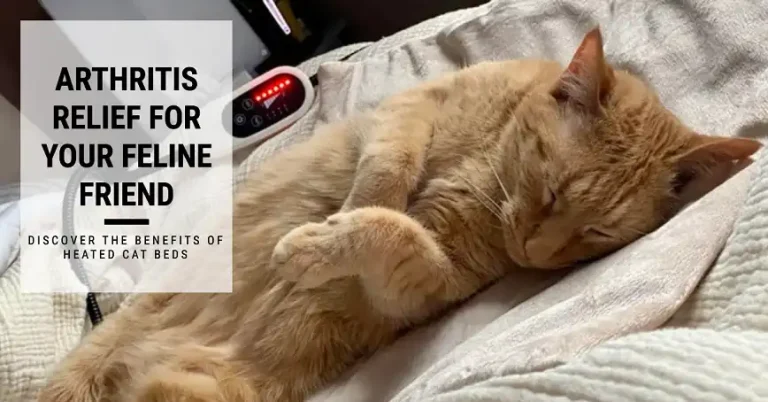Non-Toxic Cat Litter Alternatives: A Guide to Healthier and Eco-Friendly Options for Your Cat
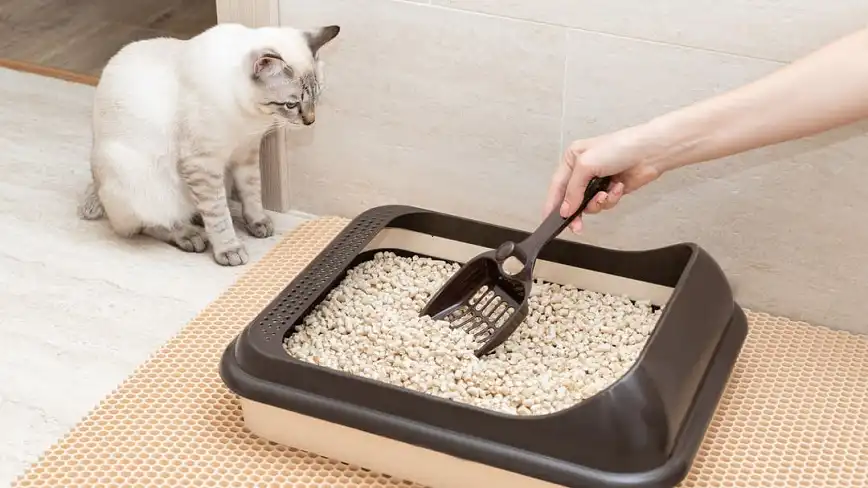
Traditional clay-based cat litter has long been a staple among pet owners due to its affordability and clumping ability. However, as awareness grows about its environmental and health impacts, many are seeking healthier, eco-friendly alternatives. Clay-based litters are produced through strip mining, which disrupts ecosystems and contributes to habitat loss. In addition, these litters often contain dust and chemicals that can cause respiratory issues for both pets and their owners. For cats, especially those with allergies or asthma, this dust can be a significant health concern.
The shift toward non-toxic cat litter alternatives aims to provide a safer, more sustainable solution. These alternatives are generally made from natural or recycled materials and often come with benefits such as reduced dust, better odor control, and biodegradability. As these options become more widely available, pet owners have a greater opportunity to choose litters that support both pet health and environmental sustainability.
Plant-Based Non-Toxic Cat Litter Alternatives
1. Wood-Based Litter (Pine, Cedar, etc.)
Wood-based litters, such as those made from pine or cedar, are popular among pet owners seeking an earthy, natural option. Known for their pleasant aroma and strong odor control, these litters are often available as pellets or sawdust. While pine and cedar shavings naturally repel odors, their dust levels vary by brand. Some cats may be sensitive to these scents, though many adapt well. Popular brands like Feline Pine and Ökocat offer sustainable, biodegradable options that reduce environmental impact.

- Pros: Effective odor control, sustainable, low dust in pellet forms
- Cons: Some cats may not like the scent, may track when used in finer forms
2. Recycled Paper Litter
Recycled paper litter is a soft, biodegradable alternative that is ideal for declawed cats or those with sensitive paws. It typically comes in non-clumping pellets or clumping varieties, offering pet owners flexibility. This litter is also low in dust, making it beneficial for cats with respiratory sensitivities.

- Pros: Biodegradable, low dust, gentle on paws
- Cons: Absorbency varies, non-clumping options require more frequent cleaning
3. Wheat and Corn Litter
Wheat and corn litters offer a natural clumping ability and are widely regarded as biodegradable and flushable (where allowed). Brands like World’s Best Cat Litter use renewable resources and offer dust-free options. However, these grains can attract pests if not stored properly, and some cats may track these litters around the house.

- Pros: Clumps well, biodegradable, good odor control
- Cons: Potential pest attraction, tracking issues
4. Grass Seed Litter
Made from grass seed, this lightweight litter option clumps quickly and provides excellent odor control. Its fine texture often appeals to cats, and it’s considered highly biodegradable. However, it is relatively new on the market, and availability may be limited.

- Pros: Lightweight, clumps well, good odor control
- Cons: Limited availability, may track
5. Other Grains (Barley, Oats)
Barley and oat litters are emerging as novel options. Though less common, they share similar qualities with other plant-based litters, such as biodegradability and clumping.
Other Natural Non-Toxic Cat Litter Alternatives
1. Coconut Husk
Coconut husk litter is an eco-friendly option known for its absorbency and natural odor control. With a soft texture and earthy scent, it is a sustainable choice, though it tends to be more expensive than other options.

- Pros: High absorbency, sustainable, good odor control
- Cons: Higher cost, less widely available
2. Walnut Shells
Walnut-based litter, made from crushed walnut shells, offers strong odor absorption and a natural dark color that conceals waste. It clumps well and is considered biodegradable, though it may produce some dust and track in certain forms.

- Pros: Strong odor control, biodegradable, good clumping
- Cons: May produce dust, dark color can be messy
3. Tofu-Based Litter
Tofu litter, made from soybeans, is safe, biodegradable, and often flushable (where allowed). It provides a soft texture and clumps naturally, making it easy to scoop. With low dust levels, tofu-based litter is ideal for cats with sensitivities, though it can be pricier.

- Pros: Biodegradable, flushable, low dust
- Cons: Higher cost, limited availability
DIY Environment-Friendly Cat Litter Alternatives
1. Newspaper Pellets
Newspaper pellets are an eco-friendly, cost-effective option that can be made at home. With low dust and decent absorbency, they suit cat owners looking for a simple, affordable solution. However, these pellets are non-clumping and require frequent cleaning to manage odors effectively.
2. Wood Shavings
Wood shavings, particularly aspen, can make a suitable litter alternative. Avoid toxic woods like pine in shavings, as they can irritate cats’ respiratory systems. Wood shavings are generally absorbent and offer moderate odor control.

3. Unique Mixtures
Some cat owners create custom litter blends using chicken feed or baking soda. These combinations may work for odor control, but they come with certain health considerations and may not clump effectively.
How to Choose the Right Non-Toxic Litter for Your Cat
When choosing a non-toxic litter for your cat, consider your cat’s preference first. Each cat may have a preference. For example, some cats dislike scented litters. To prevent rejection, try slowly introducing new litters to observe their reactions.
For odor control and cleaning, look for litter types like walnut shells or pine for strong odor absorption. Non-clumping litters may require more frequent changes to control smells effectively. Litter that clumps makes cleaning easier. Wheat and corn-based litters are known for their clumping properties.
Choose low-dust options to protect your cat’s respiratory health. Newspaper pellets, tofu, and recycled paper are excellent low-dust choices. Prevent tracking by choosing heavier, larger pellets, or use litter mats to capture excess litter.
Sum Up
Switching to non-toxic cat litter alternatives benefits both cats and the environment by reducing exposure to harmful chemicals and supporting sustainable practices. With a variety of options available, each with unique advantages, pet owners can find a solution that meets their budget and environmental goals while keeping their furry friends healthy and happy.
FAQ
What is the best non-toxic cat litter for odor control?
Options like walnut shells and pine-based litters are excellent for odor absorption due to their natural properties.
Can I flush biodegradable litter?
Only certain types, like tofu and some wheat-based litters, are flushable. Always check local regulations to prevent plumbing issues.
Which litter is best for declawed cats?
Soft-textured options such as recycled paper pellets are ideal for declawed or sensitive-pawed cats.

